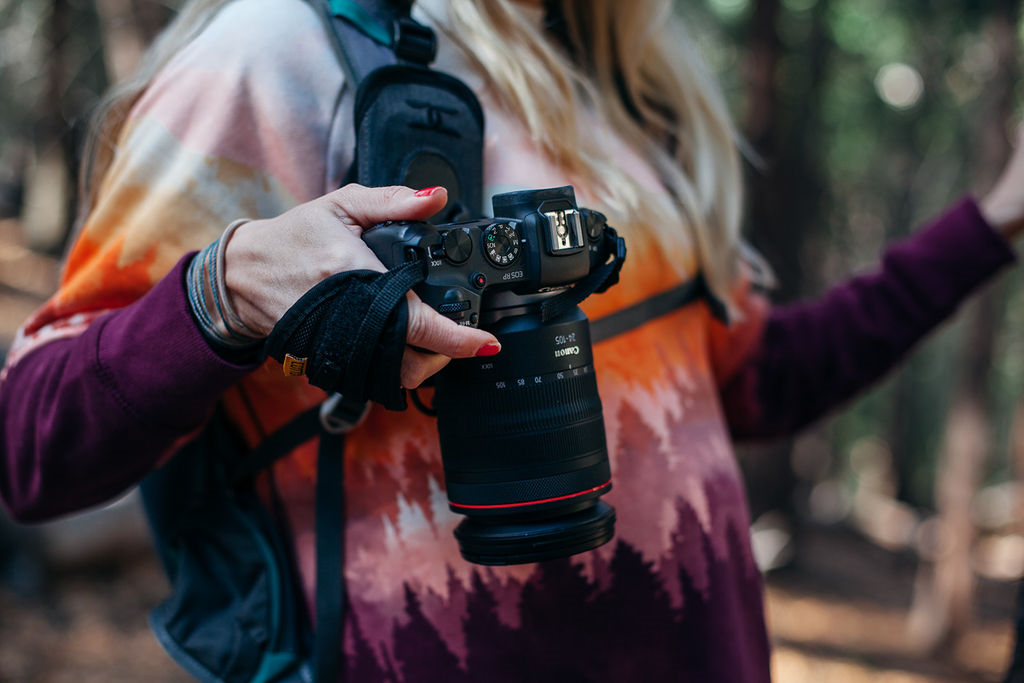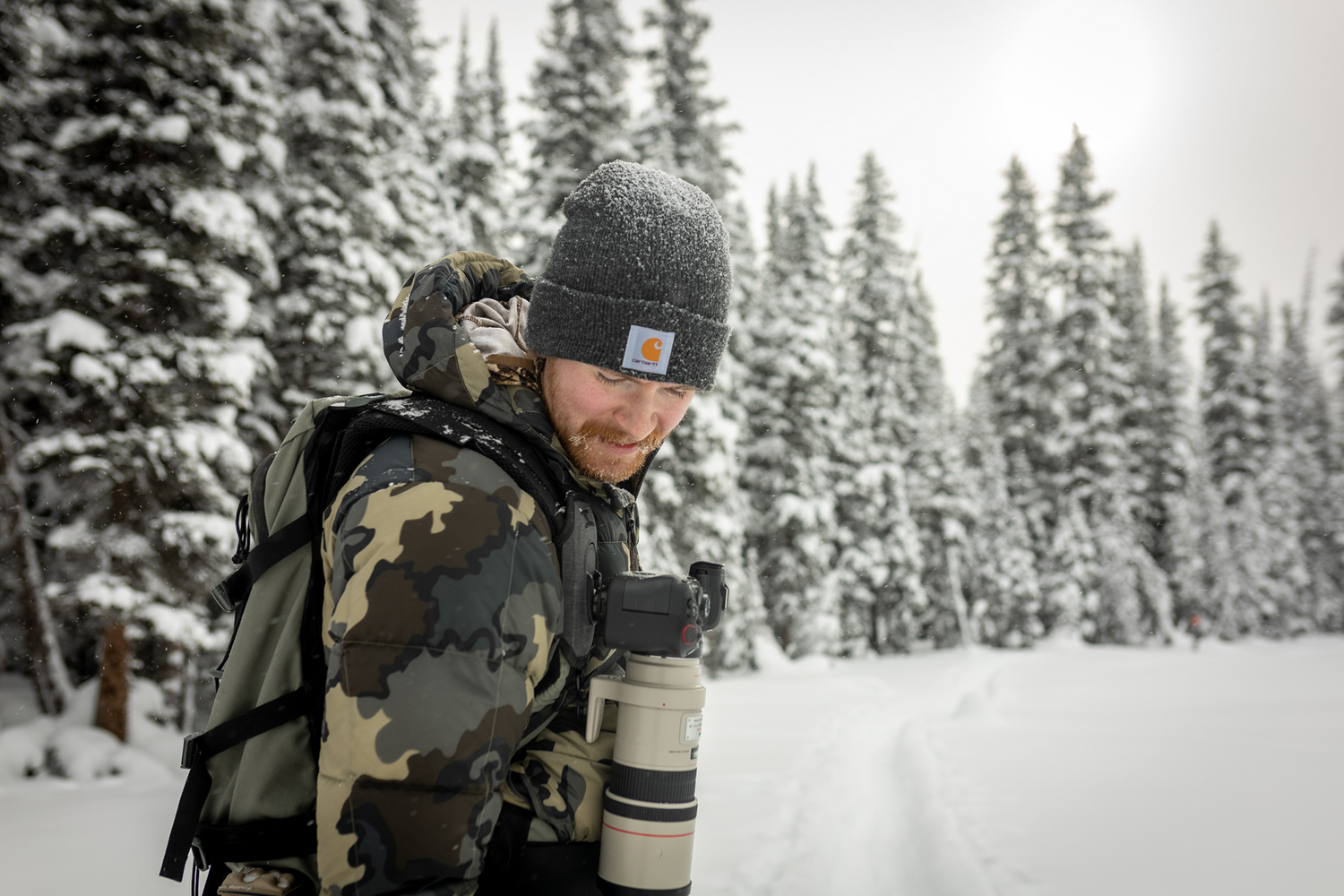Photography is an art form that captivates and inspires, but it's not without its physical demands. Hours of carrying heavy gear, maintaining awkward positions, and focusing intently through a lens can lead to significant neck and back strain. However, with the right strategies, pain-free photography is achievable. Use these 7 practical tips and adjustments to ensure a more comfortable and injury-free shooting experience.
1. Embrace Ergonomics
Ergonomics isn't just for office workers; it's crucial for photographers too. Adjusting how you carry your equipment, hold your camera, and even stand during shoots can significantly reduce strain. Consider using a supportive camera harness that evenly distributes weight, and be mindful of maintaining a neutral spine and relaxed shoulders while shooting.

2. Lighten Your Load
Reducing the weight of your equipment can have a profound impact on reducing physical strain. Evaluate your gear before each shoot and only take what's essential. Investing in lighter camera bodies and lenses can also make a noticeable difference. Additionally, using a rolling case for transportation can save your back when moving equipment over long distances.
3. Stretch and Strengthen
Incorporating a routine of stretching and strengthening exercises specifically targeted at the neck and back can fortify your body against the demands of photography. Stretching can increase flexibility and reduce muscle tension, while strength exercises can build the necessary endurance to handle long shoots comfortably. Yoga and Pilates are excellent practices that combine both elements.
4. Practice Proper Posture
Maintaining proper posture is paramount, not just when shooting but also during editing sessions. Ensure your editing workstation is ergonomically set up with the monitor at eye level and the chair supporting your lower back. Taking frequent short breaks to stand and stretch during editing can also prevent stiffness and strain.
5. Stay Hydrated and Nourished
Staying hydrated and maintaining a balanced diet can support muscle health, reducing the risk of cramps and strains. Foods rich in magnesium, potassium, and calcium are particularly beneficial for muscle function. Remember to keep a water bottle handy during shoots to stay hydrated.
6. Adjust Your Position
Being mindful of your body's position and movement during shoots can prevent overexertion. Use tripods or monopods to support the weight of your camera when possible, especially during long sessions or when using heavy lenses. Experiment with different shooting angles and positions to find what feels most comfortable for your body.
7. Address Pain Early
Ignoring minor aches can lead to more significant injuries over time. Listen to your body and address discomfort early by adjusting your technique or taking a break. Consulting with a physical therapist who can provide personalized advice and exercises might also be beneficial, especially if you're experiencing recurring pain.
Avoid Neck and Back Pain
Photography should be a source of joy, not pain. By implementing these strategies, photographers can reduce the risk of neck and back strain and continue capturing the world's beauty without discomfort. The key to pain-free photography lies in prevention, mindfulness, and a commitment to caring for your body as diligently as you care for your equipment. And remember that the right equipment totally changes your experience so investing in the right gear is the way to go!




